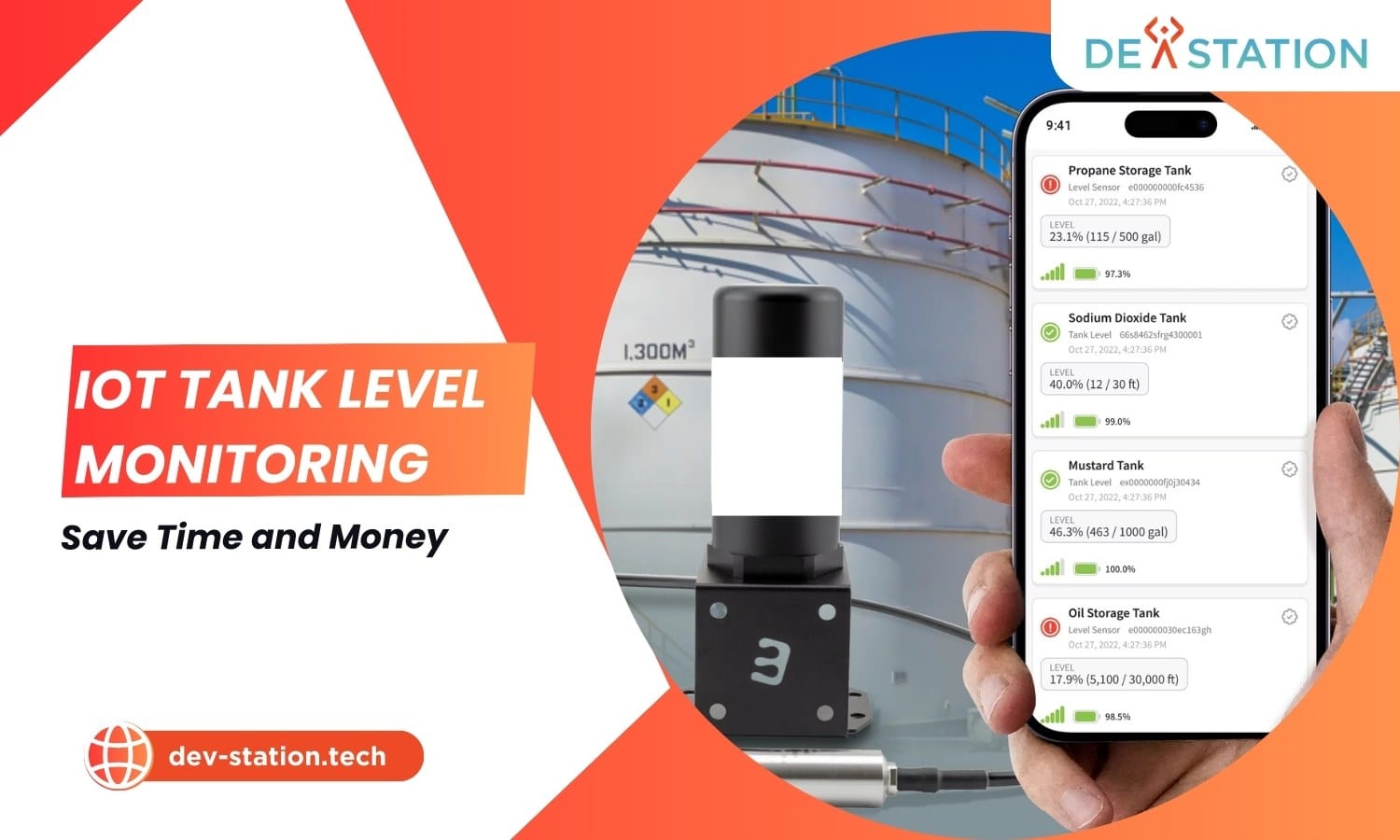Contents
ToggleClient Overview
A UK-based inspection provider specialising in work-at-height anchor systems needed to digitise proof-load and torque checks across planning, field execution, and reporting. The goal was a single platform that coordinates jobs, guides engineers on site, captures test evidence, and produces audit-ready certificates instantly.
Business Challenges
- Meet record-keeping obligations for lifting/anchor equipment with complete, retrievable examination reports.
- Ensure adherence to current codes of practice for design, installation, inspection, and maintenance of anchor systems.
- Enforce traceable, planned procedures with competent person sign-off to address work-at-height risk management.
- Reduce admin errors and delays by moving from spreadsheet/email workflows to a governed, cloud-based system.
- Enable offline-first field operation with reliable data sync and evidence capture (photos, GPS, signatures, readings).
Our Solution Approach
Architecture
Two-tier product architecture to streamline planning→execution→reporting:
- Web Dashboard (React): create clients, buildings, areas, systems, and assets; manage pull/torque task libraries; schedule site visits; monitor a live Test Map; export reports.
- Mobile App (.NET MAUI, offline-first): receives assigned visits; guides step-by-step procedures; connects via Bluetooth to test tools (pull testers, torque wrenches); stores data locally (SQLite) and syncs via secure API when online.
Platform Services:
- API & Orchestration: ASP.NET Core on Azure App Service.
- Data: Azure SQL for structured records; Azure Blob Storage for photos/attachments.
- Analytics & Reporting: Power BI dashboards and automated PDF certificates.
Features
- Create Project: nested entities (Client → Building → Area → System → Asset) with quick add/remove; task bundles for repeatability.
- Task Libraries: pull-test and torque-check templates with parameters (substrate, time at load, target force/torque, tolerances).
- Scheduling: site visit reference, date, assigned engineer; email notifications.
- Engineer App: barcode/QR for asset ID; BLE connection to tools; capture readings, photos, notes; GPS & timestamp metadata.
- Validation: server rules (e.g., force ≥ target; torque within ±tolerance) with exception flags and re-test workflows.
- Test Map: filter by date range and tester; cluster markers for dense sites.
- Certificates: automatic PDFs with signatures, readings, photos, and geodata; stored and searchable.
Team & Process
Cross-functional team (Web, Mobile, Cloud, QA, DevOps) executing a gated SDLC aligned to customer specifications:
- Requirements: customer specification file → clarifications; establish requirement log and traceability.
- Design Phase: System Design (architecture, interfaces, data flows) and Detail Design (API contracts, sequence diagrams, data models).
- Coding Phase: Programming and Code Unit Tests with coverage evidence in CI.
- Testing Phase: IT (Integration Test), ST (System Test & non-functional), UAT (business validation).
- Release & Warranty: controlled rollout; 60-day defect warranty post-acceptance.
Technology Stack
- Frontend & Mobile: React web dashboard; .NET MAUI mobile app (iOS/Android).
- Backend & Data: ASP.NET Core API on Azure App Service; Azure SQL; Azure Blob Storage.
- Reporting & Analytics: Automated PDF exports; Power BI dashboards.
- Device Integration: Bluetooth LE connectivity to pull testers and torque wrenches.
Commercial Model
Fixed-price per phase with clear scope and acceptance criteria; phases can be contracted independently:
Commercial terms:
- Payment milestones: 40% (kick-off) / 40% (UAT sign-off) / 20% (production release).
- Warranty & Support: 60-day defect warranty (P1 hotfix < 48h); optional SLA-based support.
- Change Request: new requirements quoted as fixed mini-workpackages within 2 business days.
Outcomes
- Operational efficiency: template-based data entry and single-source records reduce admin time significantly.
- Compliance assurance: audit-ready trail (who/when/where/what) with GPS, photos, signatures, and validated readings.
- Field productivity: offline capture prevents data loss; one app covers both pull and torque workflows.
- Client transparency: shareable reports and scheduled dashboards strengthen trust and repeat business.





